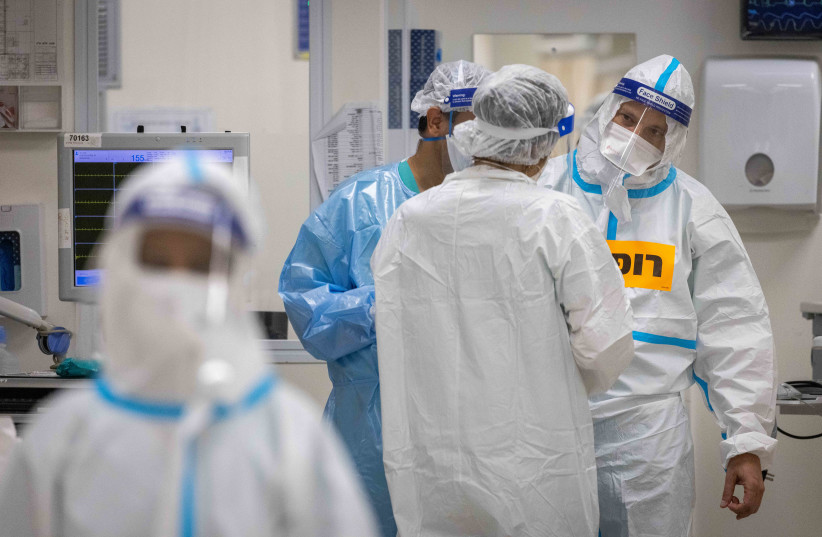Everybody has heard of the problem of long COVID, where people who have had COVID suffer long-term effects of the disease. However, there is another aspect of long COVID that operates in the economic sector as well.
Worldwide we are seeing prices of all the items we need and use every day rising rapidly. And that’s the good news. However, in addition to price increases, there are also shortages of everything from computer chips, automobiles, furniture, appliances and now, even diapers. Why?
One example can be seen on the west coast of the United States where today, there are 76 container ships sitting up to 40 miles offshore waiting to be unloaded because there is limited room at the ports of Long Beach and Los Angeles. Those two ports combined make up the busiest seaport in the world. Some of those ships will wait up to three weeks before they are given permission to enter the harbor and unload. Estimates are that it will be mid-2022 before the full backlog is eliminated.
However, the number itself is also representative of an incredible volume of shipped goods. On average, each container ship carries 14,000 containers. Statistics provided by NBC News this week indicated that each container represents about $100,000 worth of products. Do the math and each of those 76 ships sitting off the coast of California carries about $1.4 billion worth of merchandise. Together the total value of merchandise sitting off the west coast is $106.4b. And that’s just those two ports. The situation is replicated in New York, Newport News (Virginia), Savannah (Georgia), Miami, New Orleans and Houston, as well as in international ports worldwide. The lack of port capacity and the shortage of port personnel is the major contributing factor to this calamity.
The situation is further exacerbated by the fact that there is also a shortage of trailer truck drivers worldwide, which then limits how many containers can be off-loaded on any given day. After all, once the containers are off-loaded, they then have to be taken somewhere.

Finally, this entire scenario has created a world shortage of containers. Manufacturers need empty containers at their loading docks in order to ship their products out to the world. If ships are taking three weeks to unload instead of three days, the exporter finds that there is a lack of empty shipping containers to address export demand.
The result, of course, is that shipping costs go up, commodities become in short supply and the consumer ends up paying more for purchased goods to compensate for all of these issues.
What has caused all of this? Simply put, during the early days of COVID when demand shrunk to a trickle, China and other large manufacturing countries reduced their production capabilities as much of their volume had dried up. Now that the world seems to be either moving past COVID or learning how to cope with it, demand has grown but the production lines have not been able to keep up with that demand.
We are seeing companies worldwide refuse new product orders or, at the very least, resist servicing new clients, simply because they either don’t have access to sufficient parts or are facing a shortage of workers given how many have not yet returned to the workforce (or have chosen to engage in other activities) after COVID.
So while the world rightfully laments the long term medical problems that some people experience after having had COVID, all of us are experiencing the negative effects of economic long COVID. It would seem as if both will be with us for some time as humanity does not seem to have found an antidote for either.
The writer is a 38-year resident of Israel, CEO of Atid EDI Ltd., a Jerusalem-based international business development consultancy, former national president of the Association of Americans & Canadians in Israel and chair of the American State Offices Association in Israel.
